The integrated campus meteorological observation station is an important component of modern campus environmental safety management. Through an integrated design concept, it integrates multiple meteorological monitoring functions and provides comprehensive environmental data support for campus safety. This kind of observation station can not only monitor the weather changes on campus in real time, but also provide scientific basis for the daily management and teaching activities of the school, becoming an important facility for safeguarding campus security.
In campus security management, the WX-XQ3 integrated campus meteorological observation station plays multiple roles. It can monitor basic meteorological elements such as temperature, humidity, wind speed and rainfall in real time, providing a reference for the arrangement of outdoor activities in schools. When extreme weather conditions occur, such as heavy rain, strong winds or high temperatures, the observation station will promptly issue a warning to remind schools to take corresponding safety measures. This early warning function is particularly important. It can effectively prevent safety accidents caused by sudden weather changes and ensure the personal safety of teachers and students.
Integrated design is a notable feature of this observation station. Unlike the traditional decentralized meteorological equipment, it integrates all monitoring functions into a compact unit, which not only saves space but also facilitates management. The exterior design usually takes into account the characteristics of the campus environment, adopting an elegant and generous shape that blends harmoniously with the campus landscape. This design not only enhances the utilization efficiency of the equipment but also beautifies the campus environment.
From the perspective of educational functions, the integrated campus meteorological observation station is an ideal platform for conducting scientific education. Students can obtain real-time meteorological data through the observation station and conduct research-based learning on topics such as climate change and environmental protection. Teachers can design interdisciplinary courses based on observational data, organically integrating meteorological knowledge with the content of subjects such as geography and physics. This practical learning approach can stimulate students' interest in science and cultivate their observational skills and data analysis abilities.
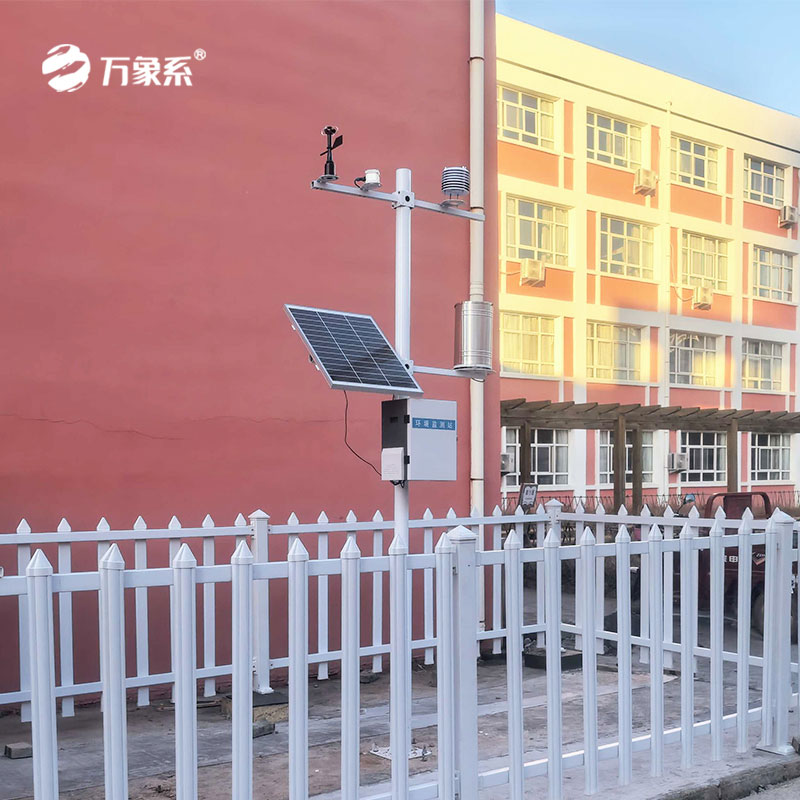
Article address:
http://www.08mx.com/en/newcen/1767.html

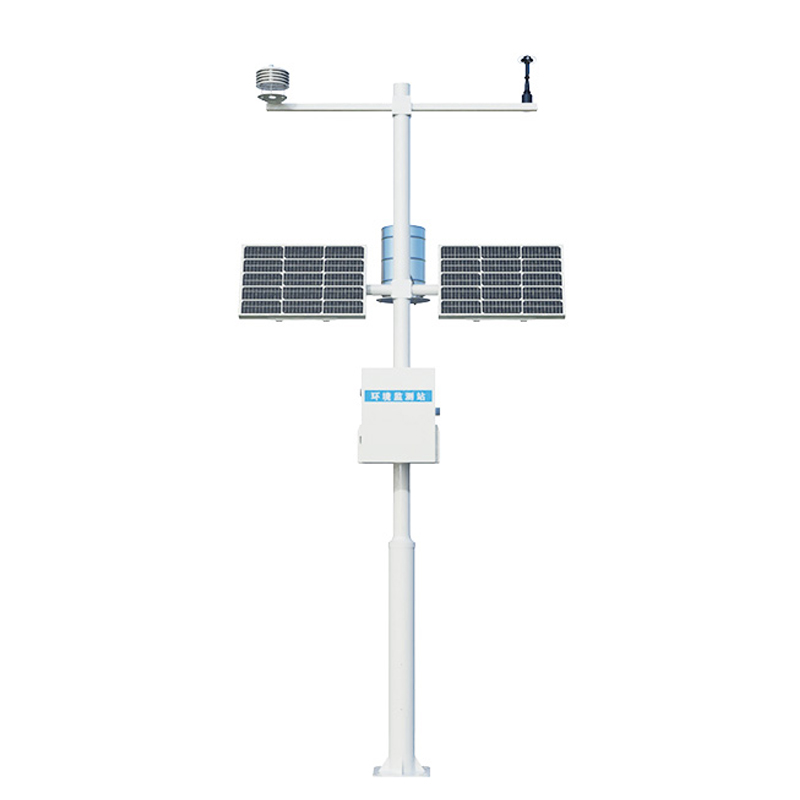

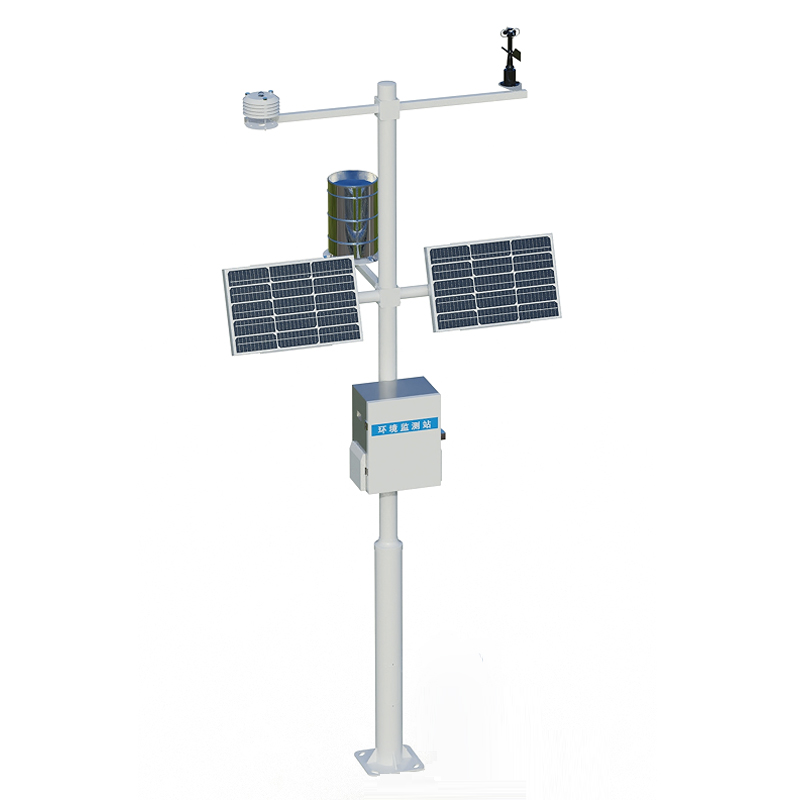


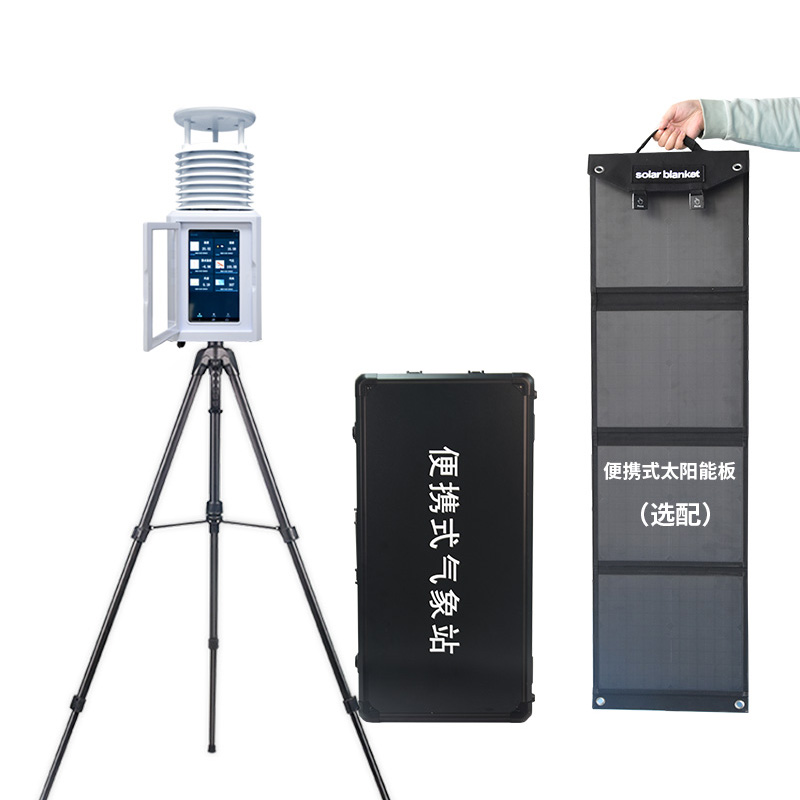





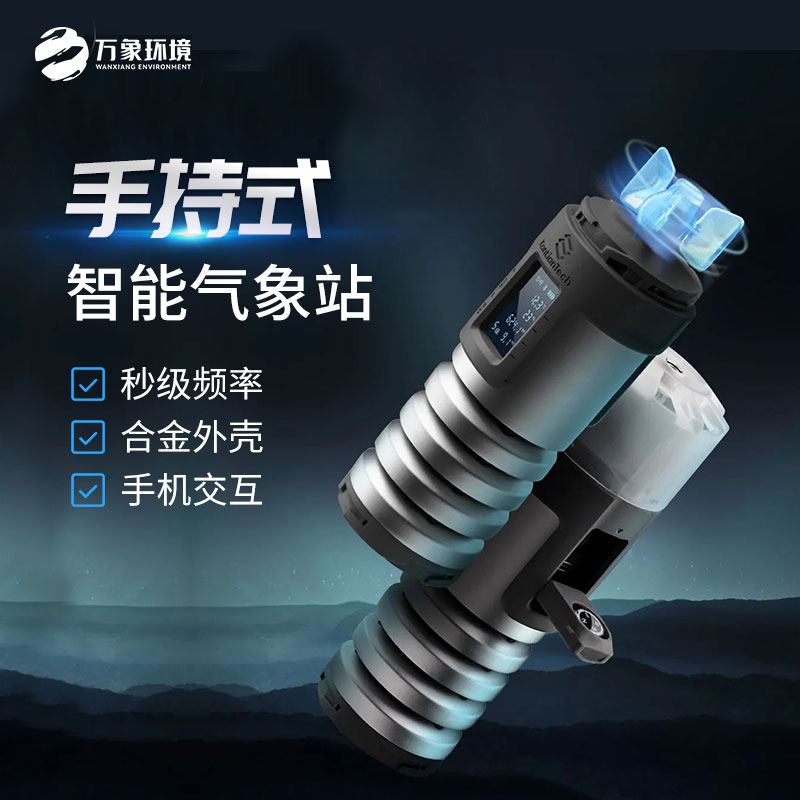


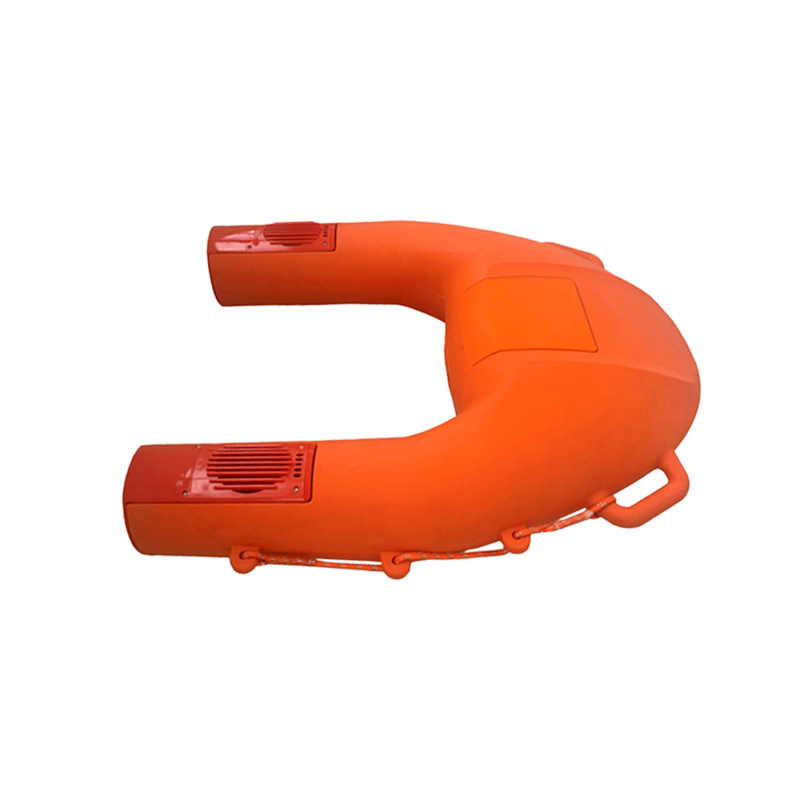


 Home
Home phone
phone Product Overview
Product Overview Contact Us
Contact Us